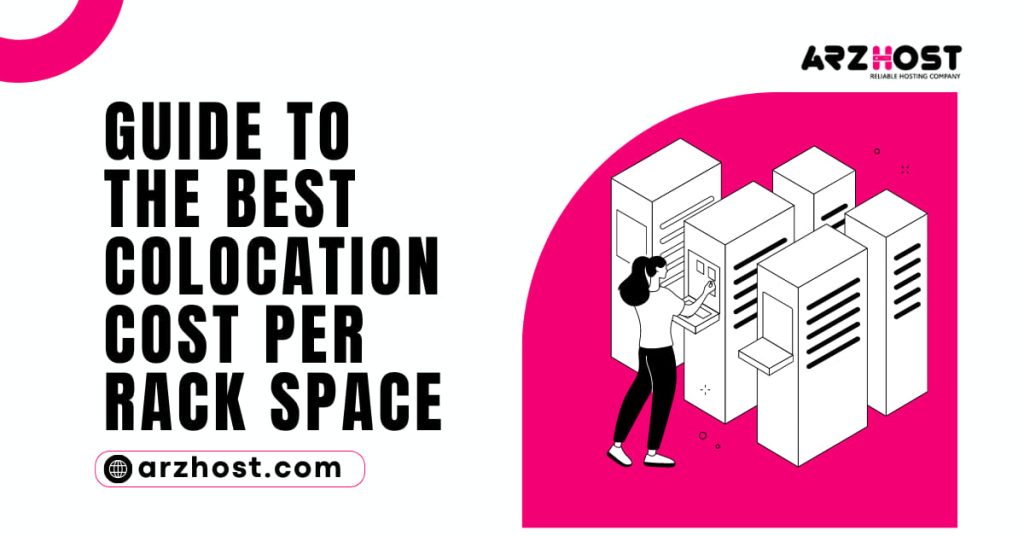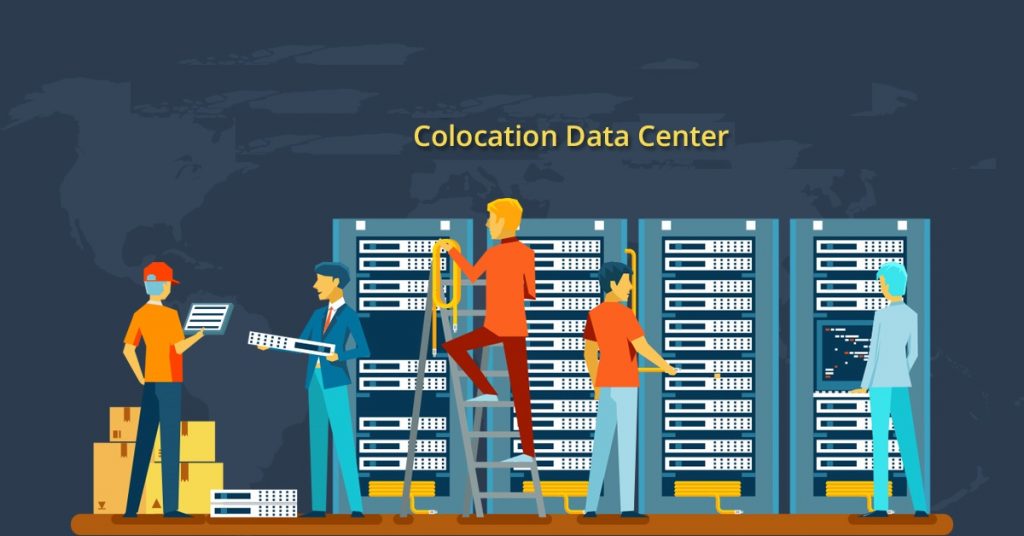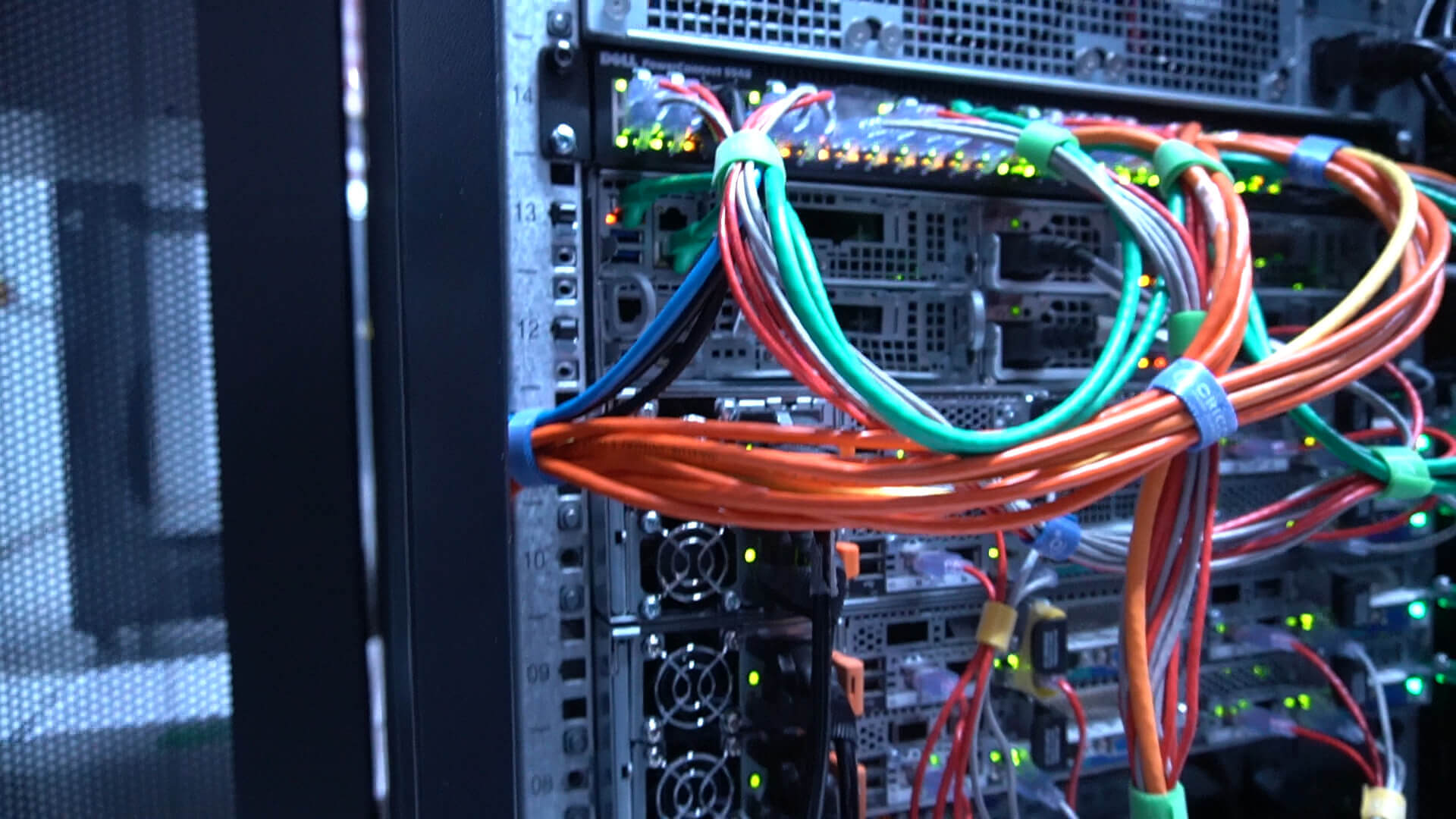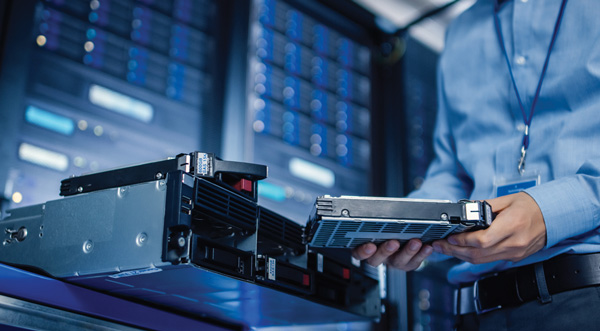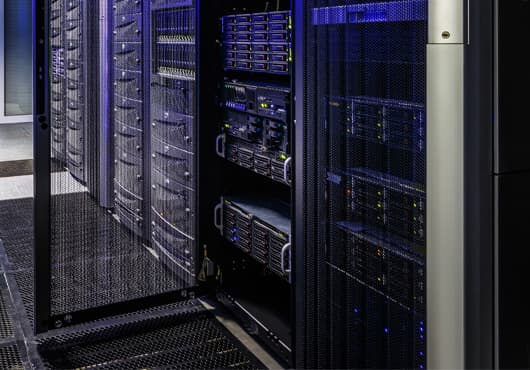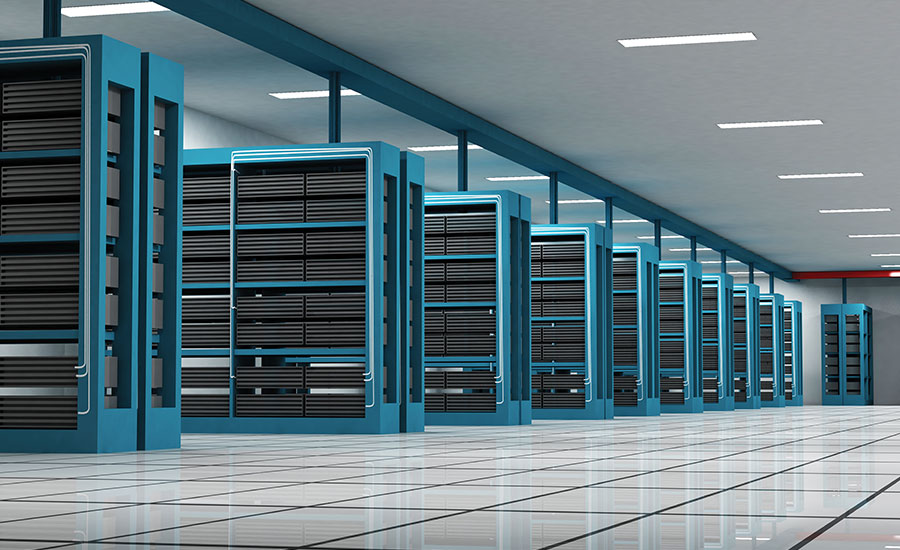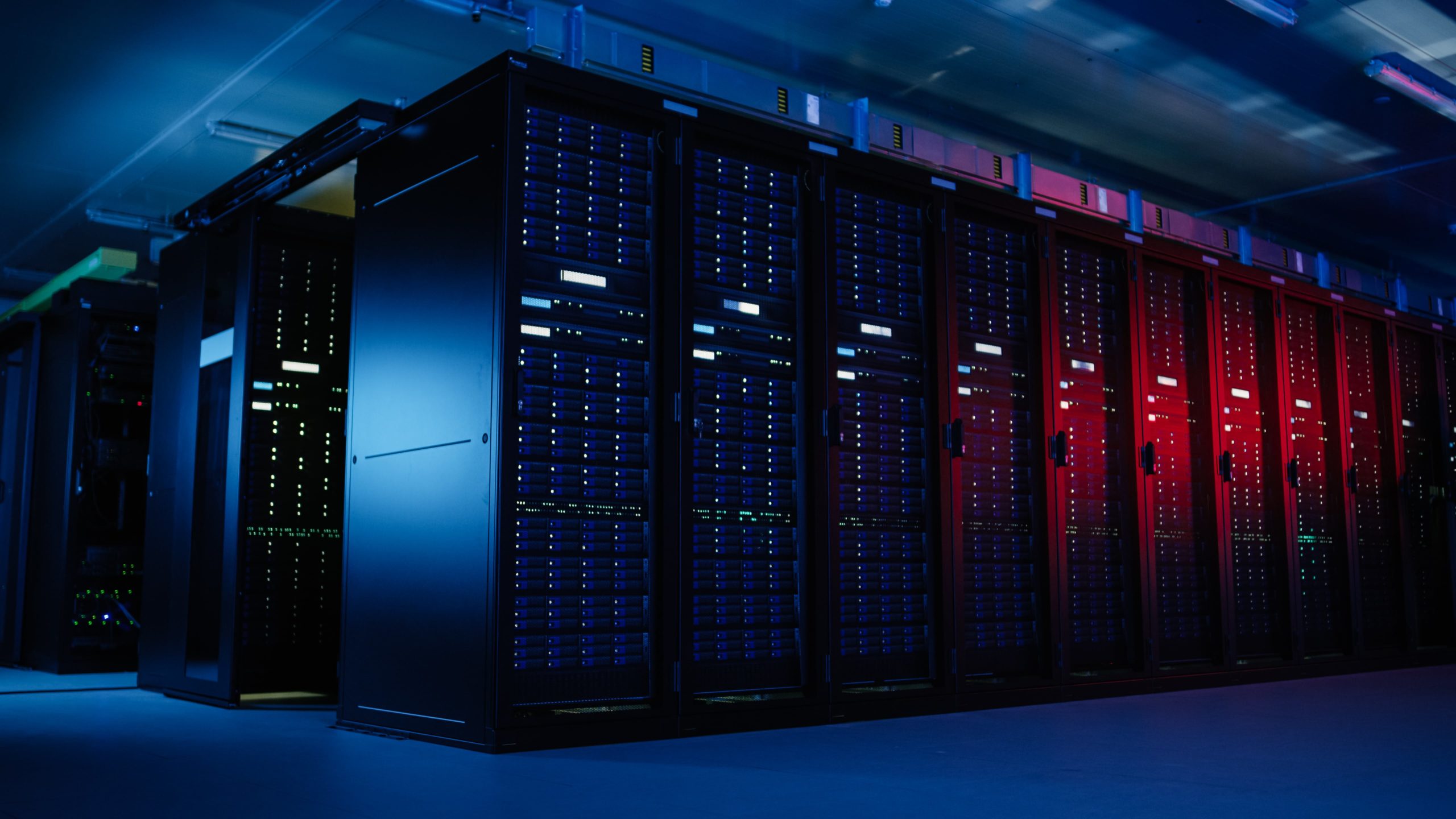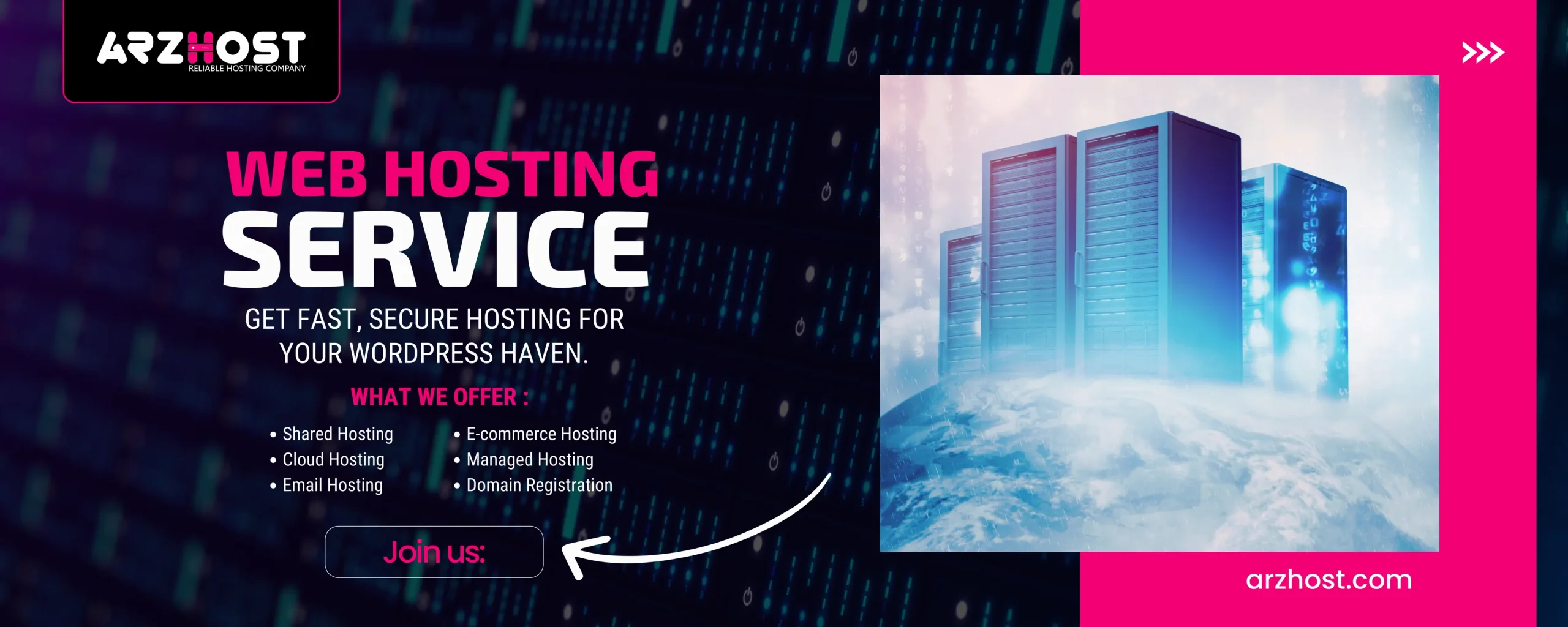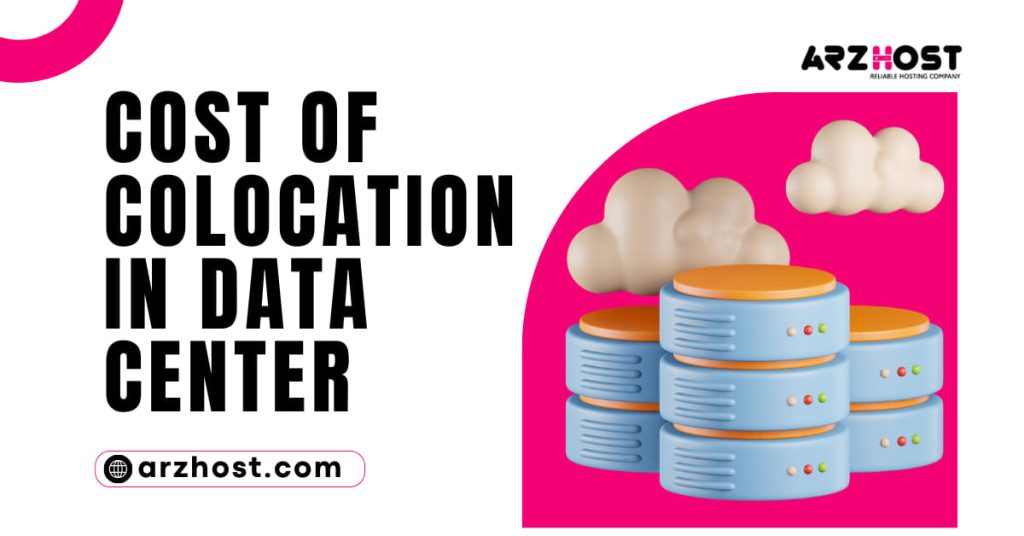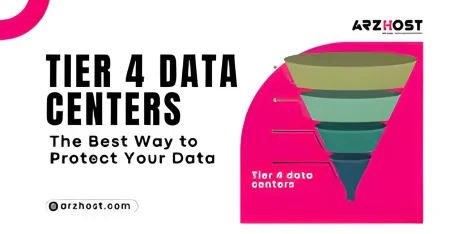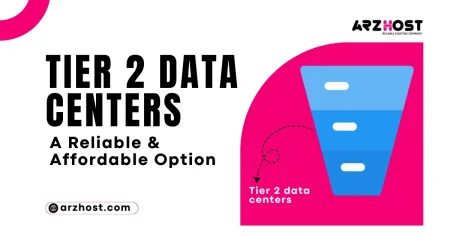Businesses that seek to simplify server operations might consider server colocation. Guide to the Colocation Cost Per Rack, by renting space in a data centre, businesses may outsource power and bandwidth costs while maintaining total control over technology and data.
Moving your servers offsite can save you money on power and networking costs alone, but there are additional costs to take into account.
This tutorial provides an overview of colocation pricing and a Guide to the Colocation Cost Per Rack, and how data centres calculate colocation fees.
What is Colocation?
The practice of renting space for your servers and other computing hardware in a third-party provider’s data centre facility is known as colocation (sometimes referred to as “colo”). Colocation services often include the physical structure in which everything is housed as
Well as networking, physical security, redundant power and cooling components that support the servers and storage that the customer provides.
By utilizing a colocation data centre, you can avoid the capital expenses (CAPEX) associated with constructing and operating your own facility while preserving ownership and total control over your physical servers.
However, you’ll still need to pay for the initial hardware costs, and your engineers will likely incur higher travel expenses if they have to physically access the system.
The main Features of Colocation Are Under Below:
- Facilities
- Power
- Cooling
- Physical Security
Colocation in Quarter Rack
Customers can house their servers in quarter racks with enhanced physical security, such as their own closed front and back doors.
Having its own combination lock security, a quarter rack is a portion of a whole cabinet that is only accessible by you and our data centre staff. A+B power feeds and up to 10Gbps connectivity, invoiced per TB or in CDR models, are options for all quarter racks.
A colocation on a Half Rack
Guide to the Colocation Cost Per Rack, a half rack, like a quarter rack, enables clients to house their servers and communications equipment in their own private rack space with their own closed front and rear doors, providing more physical protection than shared colocation.
You have a half rack all to yourself with unique combination code security. A+B power feeds are standard on all half racks. Which also provides twice as much rack space as quarter racks.
Colocation with Full Racks
We provide versatile full-rack colocation options that can be designed specifically to meet your needs. This can be adjusted in 1 Amp steps up to 32 Amps per rack, starting at 8 Amps of power.
A+B Power Feeds include full racks, 30 minutes of remote assistance, and a sizable transit allowance that is charged in CDR or per TB as standard.
Private Suites & Caged Spaces
A dedicated gated space or private room is the ideal solution for companies that have numerous full racks or host extremely sensitive data, such as financial or patient data.
You can have more control over your colocation environment with a gated area or private suite without incurring the costs of constructing your own data centre. Each client’s needs can be catered to while creating Resilience and Security.
12 Colocation Pricing Factors to Take into Account Before Choosing a Provider
Choose the best colocation price factor according to your data centre requirements. Let’s discuss the main factors of colocation pricing.
1: Hardware: Choose, Purchase, and Deploy
You are not renting a dedicated server when you host a colocation server. Hardware purchases are necessary because you are deploying your own apparatus. Compared to renting, it could seem pricey as you are making an upfront, one-time investment.
However, unlike with dedicated servers, there is no ongoing monthly subscription. Above all, you are in complete control and may choose every piece of gear.
Entry-level servers can be purchased for as little as $600. It would make sense to choose more expensive, more potent setups that cost at least $1,000. You could also have to pay for OS licencing on top of that. Costs can be cut by utilizing open-source programmes like CentOS.
Along with colocation, several colocation companies also offer hardware as a service. You don’t have to pay anything in advance to receive the equipment you require. Look for a lease-to-own option if you need the equipment as a long-term investment. The equipment will be yours after the agreement expires.
Guide to the Colocation Cost Per Rack, Storage devices like hard drives and RAM are crucial for backups.
2: Rack Capacity – Colocation Cost Per Rack
The amount of physical space that must be hired has a significant impact on colocation pricing. Physical space is calculated either in square feet or rack units (U). One U is 1.75 inches tall and can cost anywhere between $50 and $300 each month.
For instance, a specific number of rack units are intended to accommodate each component that is 19 inches wide. The majority of servers occupy one to four rack units. Typically, colocation service providers set aside at least 1/4 rack of space. Some people might establish a 1U minimum, however, currently, it’s uncommon to sell just one U.
Think about a colocation provider’s space footage, cabinet size, and power (KW) availability per rack while making your assessment. If a private cage or apartment is needed, the price will go up.
The fact that racks come in various sizes is another thing to think about. Choose the conventional 42U rack if you are unclear about the sort of rack your equipment requires. Most suppliers will accept custom orders if the usual proportions don’t work for you.
You choose the size and power capability. Although the costs will go up, you will have total control over your rollout.
Guide to the Colocation Cost Per Rack, find out why rack density has risen over the previous ten years.
3: Don’t Skip Redundant Power – Colo Electrical Power Costs
Your hosting expenses will likely depend significantly on the availability and price of electricity. There are numerous different ways to the bill. With per-unit billing, each kilowatt costs a specific amount (or per kilovolt-amp).
A committed amount may be charged to you, plus an additional price for any consumption in excess of that amount. As an alternative, you can pay a metered price for the power used by the data centre. Service levels and power rates vary between providers.
Redundancy or A/B power is offered by top-notch colocation providers. Some companies charge extra for it, while others automatically include it in their prices. Redundancy doesn’t cost much, but it provides you with comfort. Select a colocation supplier that offers risk management to prevent any downtime.
Finally, weigh your company’s needs against the price of electricity and the maximum uptime. Inform the vendor in advance if you anticipate experiencing significant swings in electrical usage during the term of your contract. Some companies provide modular pricing, which will gradually alter prices to reflect expected usage.
4: Setup Costs – Will You Outsource?
The typical service level agreements (SLAs) for colocation include the assumption that you will deploy the equipment yourself. However, service providers provide hardware deployment and remote hands on-site.
The vendor will deploy the equipment if it is sent by you. This is referred to as the “Rack and Stack” service. For the service, there will be a one-time setup cost. This is a fantastic choice if your IT department is understaffed.
Guide to the Colocation Cost Per Rack, another explanation could be that the location is so far away that sending your IT team would be more expensive than outsourcing. Depending on whether you choose to outsource this work or not, deployment may cost between $500 and $3,000.
5: On-site Troubleshooting with Remote Hands
Support is often not included in colocation rates. Your IT team is responsible for deploying, configuring, and managing hardware. However, many providers charge extra for a variety of managed services.
Among them is the possibility of replacing broken hardware, monitoring, management, patching, DNS, and SSL management. Vendors will bill for remote hands by the hour.
Having managed services has a lot of advantages. But doing so raises your expenses and forces you to consider a managed hosting service.
6: Making Your Own Bandwidth Blend Through Interconnectivity
The ability to connect directly to an Internet Service Provider is the key benefit of collocating (ISP). Your primary office can be in a location where connections are just 50 Mbps. To obtain hundreds or thousands of megabits per second, data centres engage in a direct arrangement with the ISP. For optimum interconnectivity, they also spend money on premium fibre optic cables. They can get a better price than internal networks thanks to their size and experience.
Typically, the data centre includes numerous redundant ISP connections. In a carrier-neutral data centre, you have the option to design your own bandwidth blend when renting racks. This implies that you can switch to a different internet provider and keep service if one internet provider goes offline.
Guide to the Colocation Cost Per Rack, Finally, you might need to connect to Amazon Cloud infrastructure. Find a data centre that acts as an official Amazon AWS Direct Connect edge location if such is the case. Amazon carefully chooses its data centres and offers top-notch services.
7: Application-specific Speed and Latency
The rate at which signals move through a network is referred to as speed. It may also relate to how long a server takes to answer a query. Speeds on hosts increase as the price of fibre networking drops.
Look for Gbps-based transfer rates. The most common numbers you may encounter are 10Gbps or 100Gbps (100 gigabits per second). These indicate how quickly data moves around the network.
The millisecond-based server response time is a second speed factor (ms). This gauges how long it takes for a server to respond to a request. Response times of 50 milliseconds or less are considered quick, 70 milliseconds or more are considered good, and anything more than 200 milliseconds may lag considerably.
Geo-location also affects this aspect. Although data travels quickly, the response time increases with distance from the server. A good response time for communication points across continents, for instance, is 70 milliseconds. Such speeds, though, fall short of communication between close places.
Guide to the Colocation Cost Per Rack, In the end, the demands on the server can vary greatly depending on the use case. Think about if the smallest latency is necessary for your deployment. Otherwise, you can tolerate longer server response times.
8: Burstable Billing for Colocation Bandwidth Pricing
A network’s bandwidth is a measurement of the amount of data that can be transmitted there. The amount of bandwidth you need may be substantial depending on your use case. Before signing a lease, colocation providers analyses the bandwidth requirements of their clients.
In a given month, the majority of colocation agreements bill at the 95th percentile. This is also known as burstable billing by providers. Peak use within a five-minute sampling is used to compute burstable billing. The top 5% of peak consumption is disregarded by vendors.
The utilization threshold is the remaining 95%. In other words, vendors anticipate that 95% of the time, your usage will be at or below that number. Since most networks are over-provisioned as a result, customers can go over the limit without prior planning.
9: Disaster-free location
The cost of hosting can be significantly impacted by location. Every data centre’s expenses, for instance, are influenced by real estate costs and are passed on to customers. Due to a number of factors, a data centre in an urban region will cost more than one in a rural one.
Guide to the Colocation Cost Per Rack, If a data centre is more accessible, centrally located, or close to an airport, they could charge more for convenience. The cost of travel is an additional factor.
An affordable colocation host may be found halfway across the state. If you can set up a service contract with the vendor to take care of your equipment, it might work. However, if workers are needed on-site, travel expenses may outweigh savings.
Urban data centres typically have a larger selection of carriers on-site and offer much stronger and more affordable connectivity. However, that increases demand for the facility and could raise prices. On the other hand, you can spend more on a connection in rural data centres while paying less overall for colocation.
This demands a trade-off between pricing, connection, and location for end users.
Finally, if you’re searching for a colocation provider that is less vulnerable to natural disasters, geography might play a big role in disaster recovery. Natural disasters like fires, floods, tornadoes, hurricanes, and tornadoes seem to occur frequently these days. Many places, though, are less vulnerable to natural calamities.
Even in the event of such catastrophes, good data centres go above and beyond to protect the facility. A disaster-free data centre will cost you more. But if you’re searching for a disaster recovery location for your backups, it’s worth the money.
Guide to the Colocation Cost Per Rack, In the Request for Proposal, include specific questions before selecting a colocation provider (RFP). Check to see if a natural disaster has occurred in the recent ten years. If so, find out if the incident caused any downtime.
10: Day-to-Day Costs for Facilities and Operations
Each colocation provider has unique daily running expenses. Critical infrastructure, facility maintenance and repair, and critical environment equipment are typically covered by facilities and operations charges, which are rolled into a monthly rate.
The availability of on-site parking, office space, conference rooms, food and beverage services, and other amenities will further improve your experience. While some merchants charge for these items while others provide them for free, low-end facilities do not offer them at all.
11: Adherence
Compliance refers to particular standards for data handling. For instance, some data centres adhere to HIPAA regulations, which is necessary for a medical business. These facilities might be more expensive due to increased demand.
Just keep in mind that just because a data centre complies with HIPAA regulations doesn’t ensure your deployment will as well.
Guide to the Colocation Cost Per Rack, you must ensure that you handle your equipment in accordance with HIPAA guidelines.
12: Safety
Get an idea of the degree of security covered by the colocation charge. The data centre must prioritise security.
A perimeter fence, key card access, mantraps, biometric scanning, and many other security systems ought to be included as standard in today’s marketplace.
Last Word: Pricing Elements for Colocation Data Centers
Guide to the Colocation Cost Per Rack, the most crucial lesson to learn is that colocation hosting needs to accommodate your company’s requirements. Learn a little bit about your provider and how their data centre is run.
Keep in mind that many colocation hosting costs, like electricity prices and lease fees, are obvious and transparent. Other factors, such as the possibility of unavailability and significant latency, are less visible.
Pay close attention to the Service Level Agreement of the provider (SLA). The SLA includes a list of all promised services, including uptime assurances.
Related Articles
uptime standards for data centre




